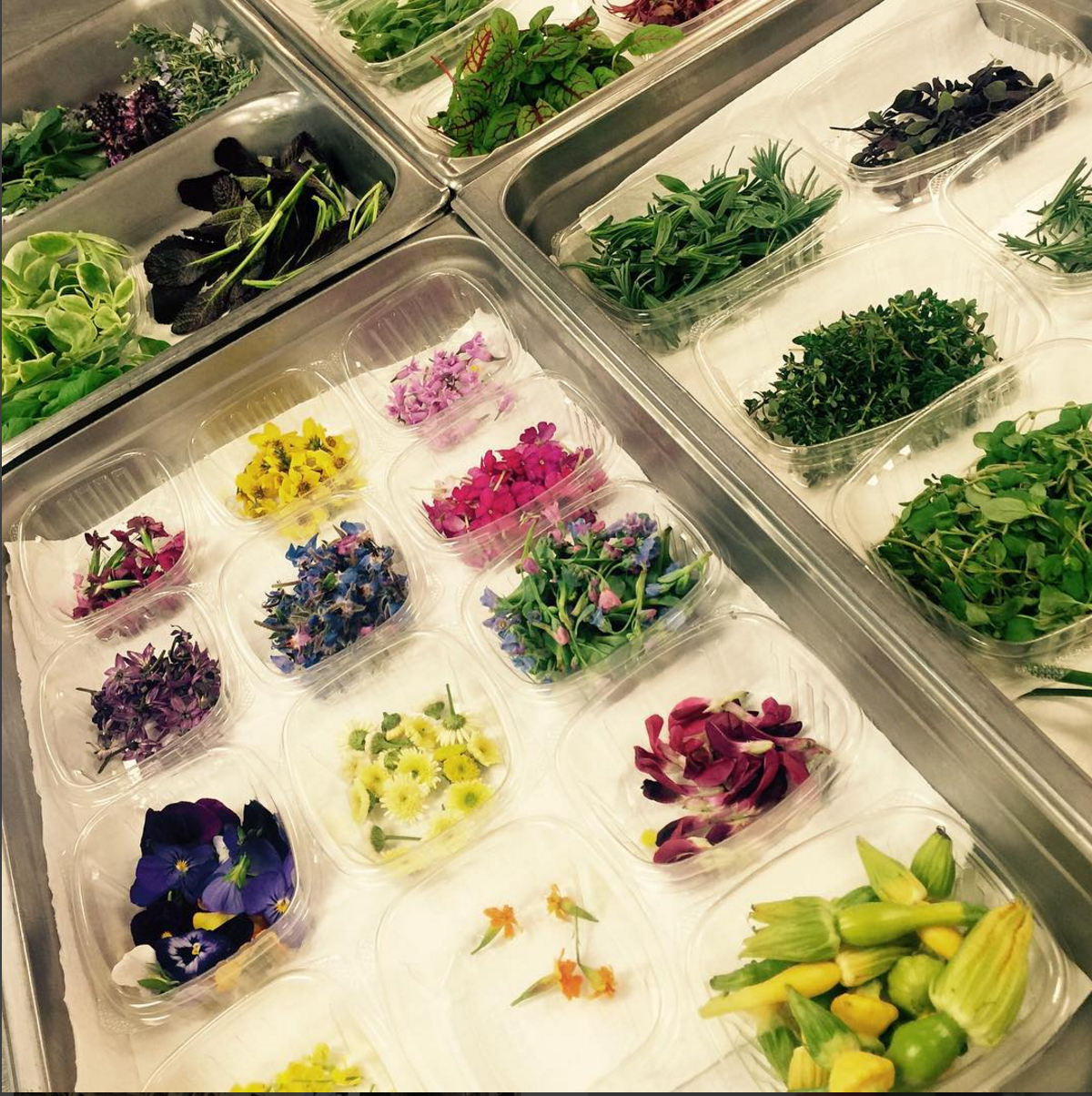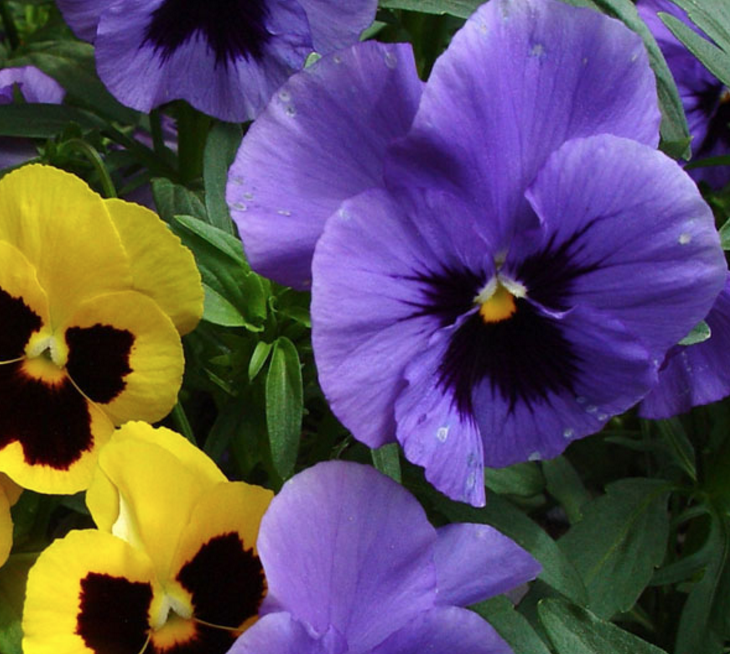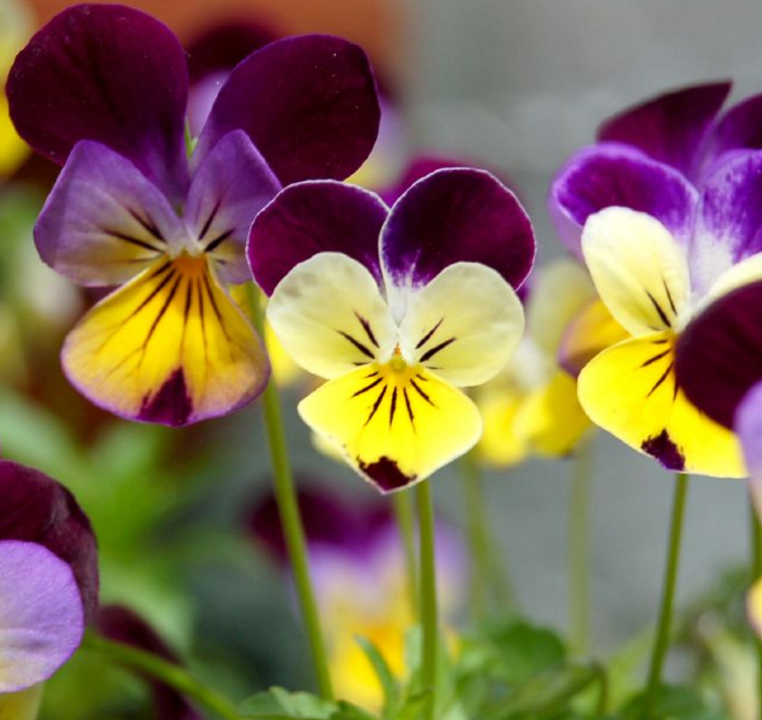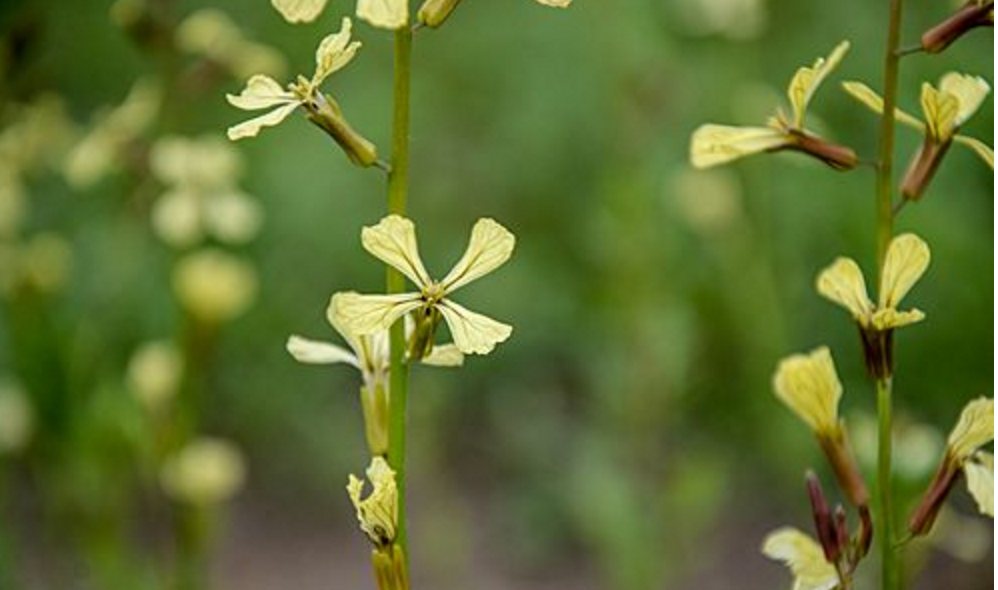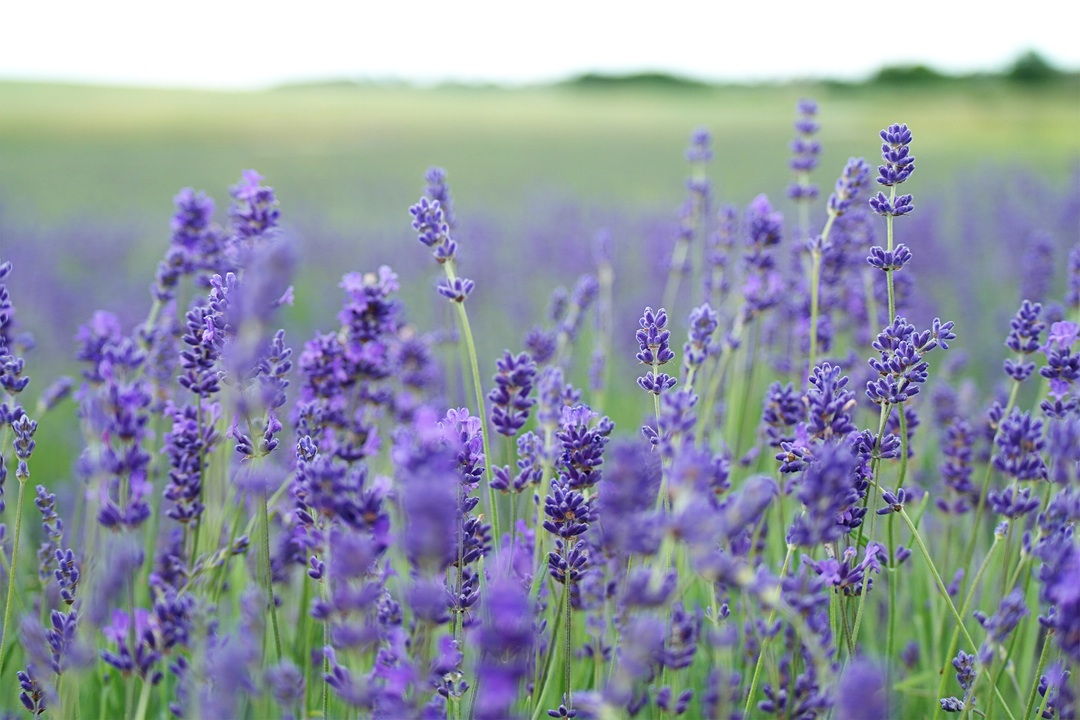Edible Flowers
Edible flowers not only have strong visual appeal, adding a splash of color and a little whimsy to any dish, they also have subtle flavors that complement other key ingredients. Flowers served in February may bring a welcome hint of spring to your plate, not to mention a romantic twist to a Valentine's Day meal!
History
The use of flowers in cuisine dates back thousands of years with the first written record of the culinary use of flowers by the Romans dating back to 140 B.C. Flowers were added to recipes in ancient Greek and Chinese cultures, and the Victorian era saw a revival of edible flowers such as Violets, Primroses, Gilly Flowers and Nasturtiums. Italian and Hispanic cultures favored stuffed Squash Blossoms, Indians used Rose Petals, and Day Lily buds were often seen in Oriental dishes.
Source and Safety
Of course not all flowers are edible, and some flowers are edible while the stems and leaves are not or vice versa. If you are thinking of using flowers in your recipes, please research thoroughly to make sure you are using them safely. Source your flowers from a trusted supplier growing them for culinary use only, or grow them yourself using proper guidelines. Never use flowers from your local florist for your cuisine as they are probably tainted by pesticides, and do not use flowers you find growing along the road.
Our Favorite Flowers
According to Executive Sous Chef, Michael Finizia, some of the flowers used most in our commissary include: The Micro orchid, Egyptian Star Flowers, all varieties of Viola, Blue Borage Blossom, Dianthus Flower, Dill Flowers, Mint Blossoms and Lavender.
Our Vegetable Cloche Terrarium hosts all of these flowers. Our Lavender Sorbet is garnished with Lavender Blossoms and our Artisan Bouillabaisse dish features Fennel Blossoms.
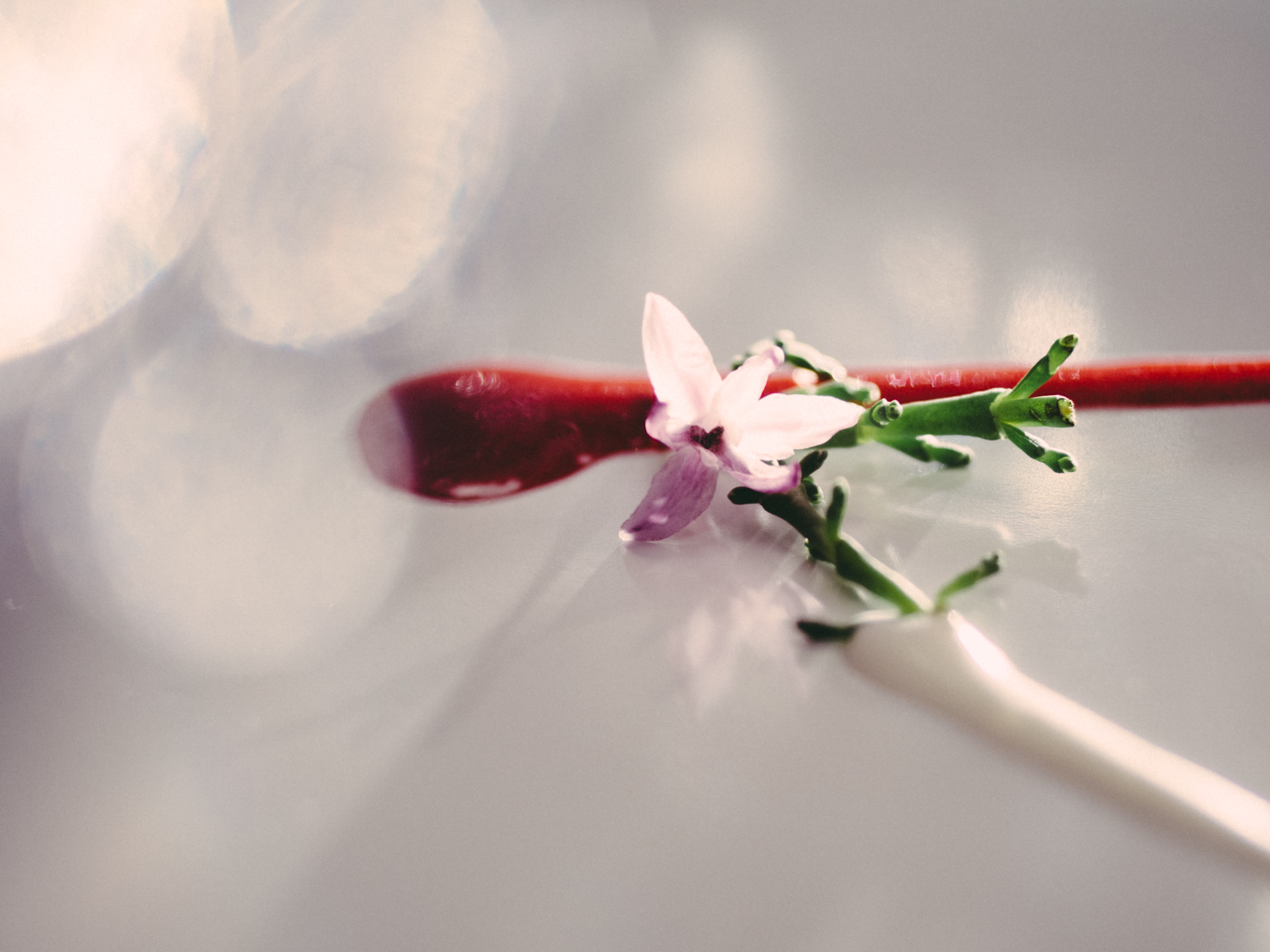
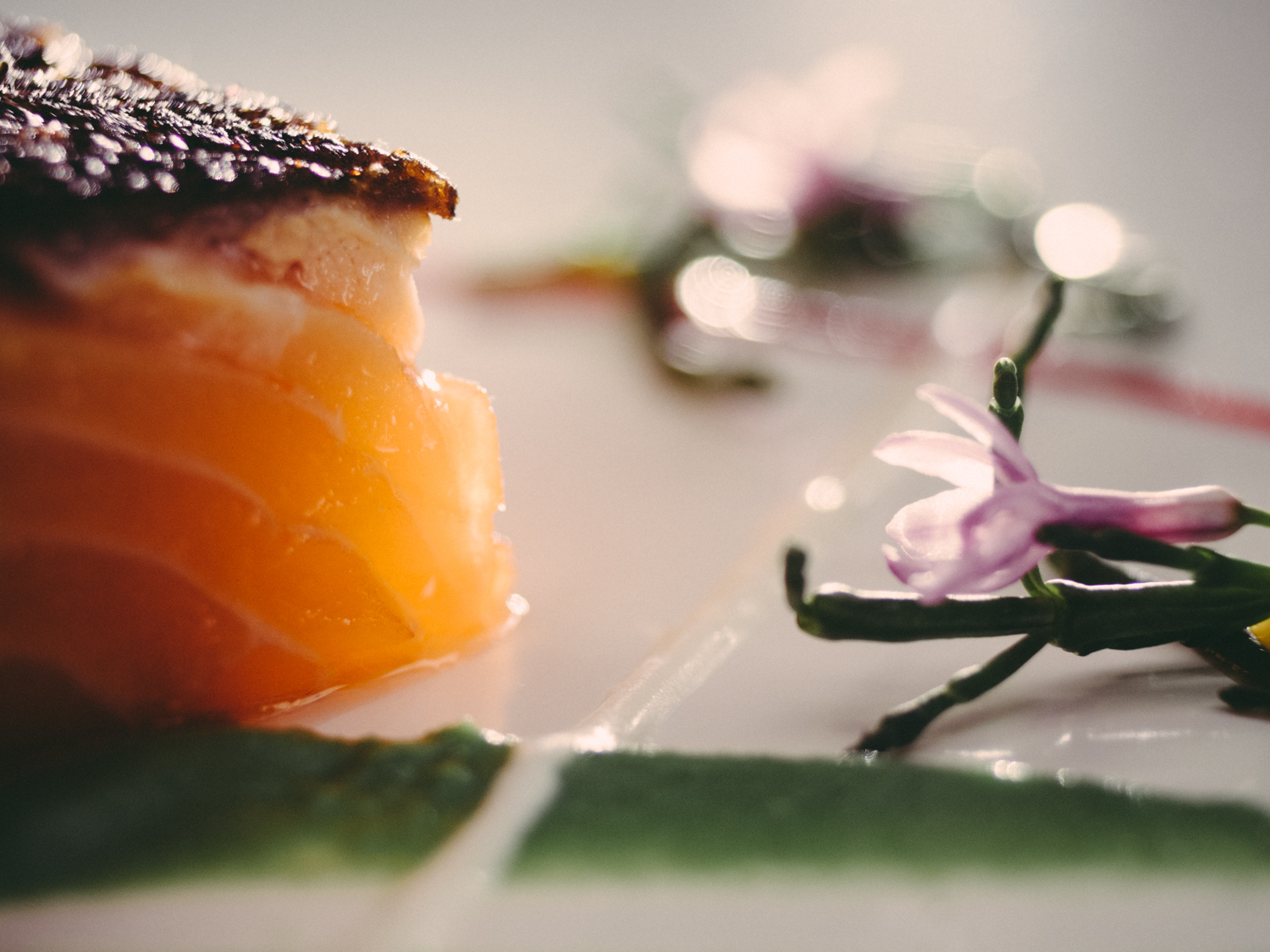

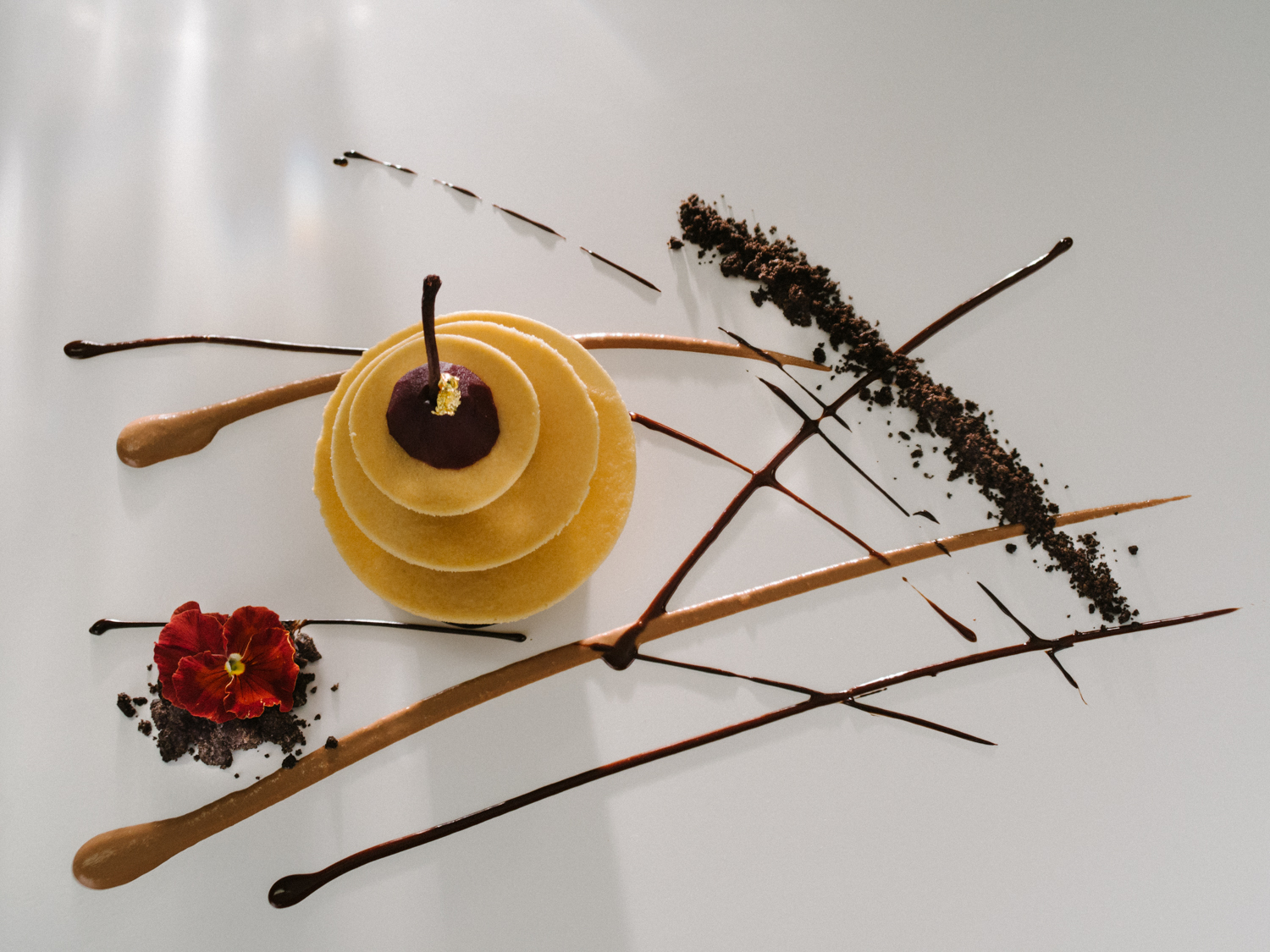
A Short List Of Popular Edible Flowers
There are over 42 edible flowers, this list includes 23 of the most commonly used blossoms.
Pot Marigold and Signet Marigold
Complements any green salad with a bright splash of orange adding a nice peppery taste.
Egyptian Star Flower
These soft pink delicate blossoms add a sweet grassy aroma.
Nasturtium
The most popular of edible flowers, Nasturtiums also add a bright splash of color and lend a sweet, floral flavor with a peppery finish.
Borage
Resembling little purple stars, these delicate blooms have a cool cucumber taste and can be set in ice cubes to decorate a drink or added to cookies, cakes and desserts.
Pansy
Pansies come in a wide variety of colors and can be used to brighten up your dish. They have a delicate fragrance and mild wintergreen flavor
Micro Orchids
Miniature orchids come in red, orange, yellow, purple and white and add a fresh flavor similar to cucumber or watermelon.
Viola
Sweet perfumed flavors taste great in salads and beautifully embellish desserts and iced drinks.
Dianthus
Sweet petals with a sweet, perfumed aroma.
Johnny Jump-Up
Subtle, mint flavor, great for drinks, fruit dishes, salads and pastas.
Mint Flowers
Well, these have a minty flavor… of course!
Rosemary Flowers
Flavor-wise, these are a milder version of the herb and go well with any dish using rosemary.
Sage Blossoms
Sage flowers have a subtle flavor similar to the leaves.
Lemon Verbena
The subtle lemon flavor is suitable for teas and desserts.
Lilac
Pungent, with a floral citrusy aroma.
Violets
Violets are a well-known edible flower. They are sweet, floral and make a beautiful garnish. Use in salads, desserts and drinks.
Primrose
With a similar taste to lettuce, these pretty yellow blossoms go well with salad.
Gladiolus
Flowers can be stuffed or petals removed for a salad garnish
Dill
The yellow dill flowers taste a lot like the herb’s leaves.
Yellow Fennel
The Yellow Fennel flowers decorate any dish and add a subtle liqorice flavor. Combines well with fish, meat and vegetable dishes.
Day lily
Slightly sweet, reminiscent of sweet lettuce or melon. Petals go well with desserts or sprinkled in salad, and the whole flower can be stuffed like squash blossoms. Looks beautiful as garnish on a frosted cake
Lavender
A sweet, floral flavor with lemon and citrus undertones, Lavender works with sweet and savory dishes alike.
Angelica
Adds a liquorice-like flavor.
Arugula Blossoms
These range in color from white to yellow with dark purple streaks and bring a peppery flavor to your plate.

